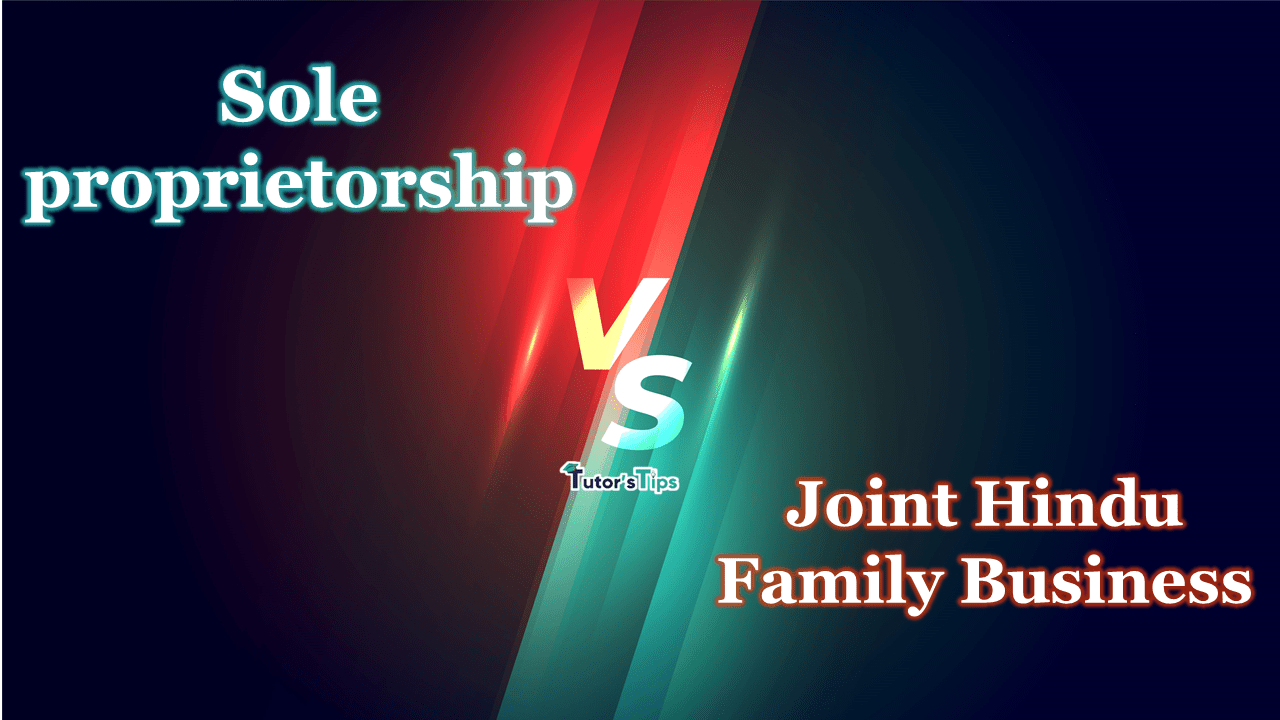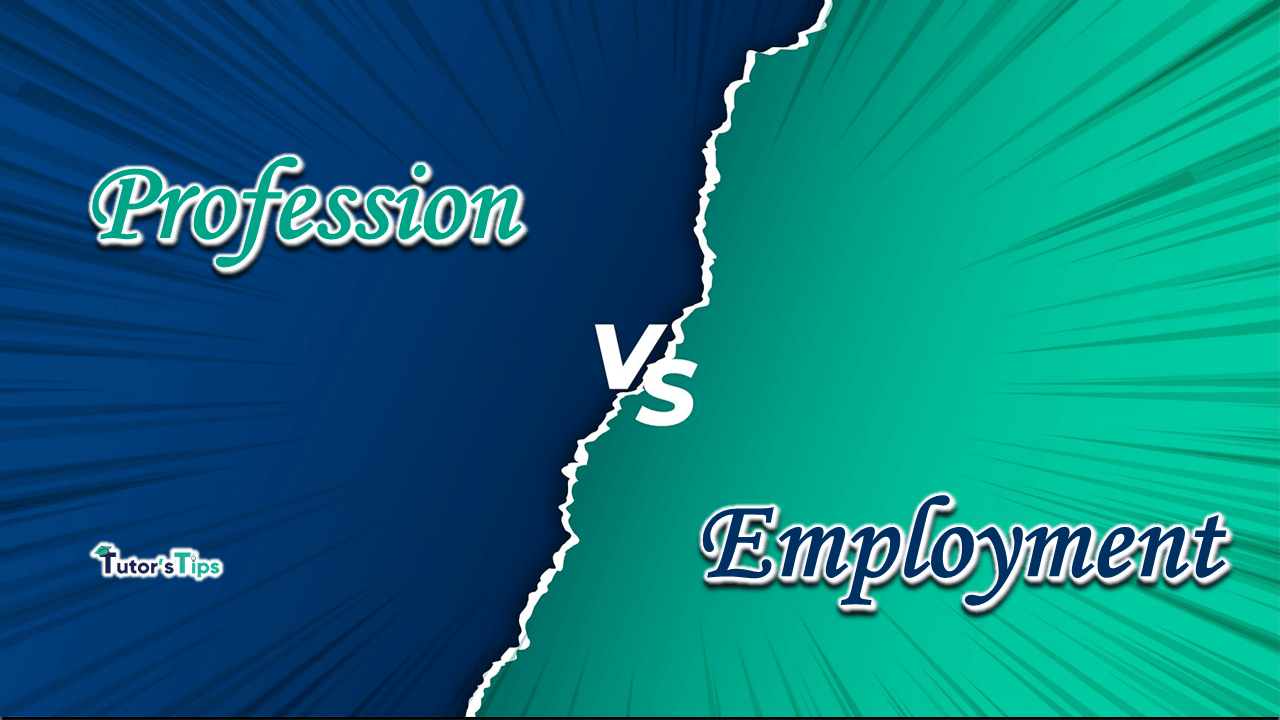The difference between Sole proprietorship and Joint Hindu Family Business is the basis of the number of members. In the sole proprietorship, there is only one member or owner but in the Joint Hindu Family Business, there must be minimum of two male members required.
Meaning Sole Proprietorship?
The business which is owned and managed by a single person is called as a sole proprietorship. In other words, it is a one-man army because the owner of this business is having overall control over all the activities. This type of business is having very less legal formalities as compared to other types of businesses (partnership,joint-stock companies) etc.
Definitions of Sole Proprietorship:
Sole trader business is a type of business unit one where one person is solely responsible for providing the capital, for bearing the risk and for the management of the business.
– J.L.Hansen
Meaning of Joint Hindu Family Business:
The business which is run by a Hindu Undivided family is called a Joint Hindu family. This kind of business is governed by Hindu law. Therefore, the profit of the business is shared by all the members, and this business is controlled by the senior member of the family “Karta“.
The members who share the ancestral property and entitled to get a share in the profit of HUF are known as Coparceners.
The Chart of Difference between Sole Proprietorship and Joint Hindu Family Business:
|
Points of differences |
Sole proprietorship | Joint Hindu Family Business |
| Meaning | The business which is owned and managed by a single person is called as a sole proprietorship. | The business which is run by a Hindu Undivided family is called a Joint Hindu family. This kind of business is governed by Hindu law |
| Formation | The sole proprietorship is very easy to form and having very less legal formalities. | This type of business is formed by at least two members of the family. |
| Capital | limited capital is required for starting the sole proprietorship business. | The liability of the members of HUF is limited up to their share in the business. on the other hand, “Karta” is having unlimited liability so his personal assets can be used for the payment of debts of the business. |
| Liability | The liability is unlimited under the sole proprietorship and owner is a person who manages and pays all the debts alone. | HUF business is fully controlled and managed by the senior member of the family “Karta” and the important decisions of the business are taken by the Karta. |
| Risk and loss |
In the sole proprietorship business, the only owner bears all the risk and losses. |
The death of the senior member does not affect the existence of the business, next senior-most male member becomes Karta. |
| Management |
All the business operation are managed by the owner and the owner takes all major decisions of the business. |
In Joint Hindu Family Business, distribution of profit is equal in all members. |
| Members | In a sole proprietorship, there is only one member who manages all business operations. |
|
| Continuity | Sole proprietorship can’t exist without the owner. | The company stable and continues as the death of any member does not affect the existence of the company. |
| Legal entity | In Sole proprietorship, there is no separate legal entity. | Company is a separate legal entity from its members. |
| Example | Any grocery store which is owned by a single person like ABC general store. | Examples of the company are Reliance Industries Ltd., Apple, Samsung. |
| Governed by | The sole proprietorship has no particular act. | Company is governed by the Companies Act. |
Download the chart in PNG and PDF:-
If you want to download the chart please download the following image and PDF file:-


Conclusion:
Thus, a sole proprietorship business is owned and managed by a single person, on the other hand, the joint Hindu family business is formed by at least two members of the family.
Advertisement-X
Thanks for reading the topic.
Please comment on your feedback whatever you want. If you have any questions, please ask us by commenting.
References: –
Also, Check our Tutorial on the following subjects:







1 Comment